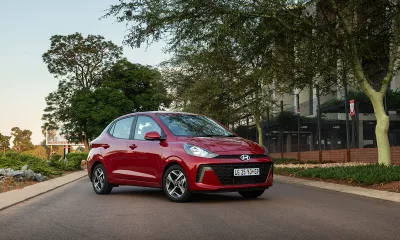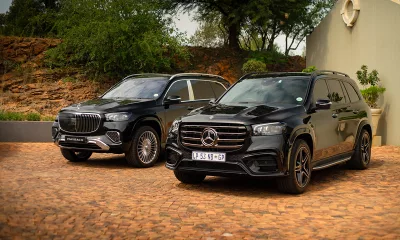SEATTLE, US – As if the 375 kW XF-R was not exciting enough, Jaguar has now upped the power by 30 kW, now pumping out 405 kW and 680 N.m. The XFR-S’s mid-range torque has been given a boost as well. All of this has been achieved without any hardware changes, just a mix of free-flowing the exhaust gases plus some software tweaks. Although slightly bettered on paper by the 412 kW of BMW’s M5 and Mercedes-Benz E63 AMG at 410 kW, this car has a mission and that mission is to outsmart the Germans with a blend of style, sportiness and good old-fashioned exhilaration. Apart from the all-aluminium, quad-cam supercharged V8 gem of an engine, a crucial part of the packaging is the ZF automatic transmission.
As with the F-Type, this is a superb gearbox that uses conventional epicyclic gears but with the engagement time vastly reduced from the usual lazy cog swops to a rapid “bang” that resembles the lightning-quick shifts of more complicated but less durable dual-clutch systems becoming popular today. The number of gears now stands at eight and many feel, like me, that this is too much. Still, it is possible to have fun using manual shifting via the steering wheel paddles to get from where a car spends most of its time – cruising gently in eighth gear – to rapid acceleration, by dropping to seventh, sixth, fifth, fourth and third before you are cleared for take-off. Sure, the box can do this by skipping a bunch of gears in auto mode, but it still hunts somewhat, spoiling the effect.
Still, clever electronics provide corner recognition, where the box will hold onto a gear when cornering and detect your driving style to ensure that ratio choice better matches your mood! On public roads, the compliance is everything you would expect from a luxury car and all the controls are functional and straightforward – there’s no trying to be super-clever with unusual indicator, wiper and audio-system controls. Of course, the looks are stunning with the entire ambience being classy without appearing pretentious. The over-the-top rear wing is thankfully an option.
Many other updates are incorporated for this flagship model, such as stiffer damping, thicker anti-roll bars, revised front suspension knuckles and a new rear subframe. An active, electronically operated limited-slip differential is used to aid the traction control system. Zero to 100 km/h happens in 4,6 seconds and top speed is limited to 300 km/h.
On the track
The international launch took place in the pretty city of Seattle, Washington, with all its lakes and leafy forests. Not only did we drive a long urban and country route but we ended the journey at a newly designed racetrack where we could really try out all that V8 grunt with handling to match.
The Ridge Raceway is a newly built complex used mainly for track days and drag races. It is a tight, technical and undulating circuit with a mean downhill corkscrew that put the handling of both XFR-S and XJR (also on offer for us to sample) to the test. With sport, dynamic and track buttons activated, paddles can be used to allow revs right up to the maximum.
While there is some nose dive under braking, it is well controlled and the suspension tuning reigns in under- and oversteer very effectively to provide a close to neutral balance. Pirelli PZero tyres are especially designed for the Jag and took the track punishment without issue. With traction control switched off, the tail can become wild, but that is obvious for 405 kW and rear-wheel drive. Braking also stood up to the continuous punishment with fading or overheating.
Expect the XFR-S to arrive in South Africa around October 2013 at pricing that undercuts the main opposition.
Specifications:
Model: Jaguar XF-RS
Engine: 5,0-litre V8, supercharged
Transmission: 8-speed auto
Power: 405 kW at 6 500 r/min
Torque: 680 N.m at 2 500-5 500 r/min
0-100 km/h: 4,6 seconds
Top speed: 300 km/h
CO2: 270 g/km
Est. price: R1,2 million










